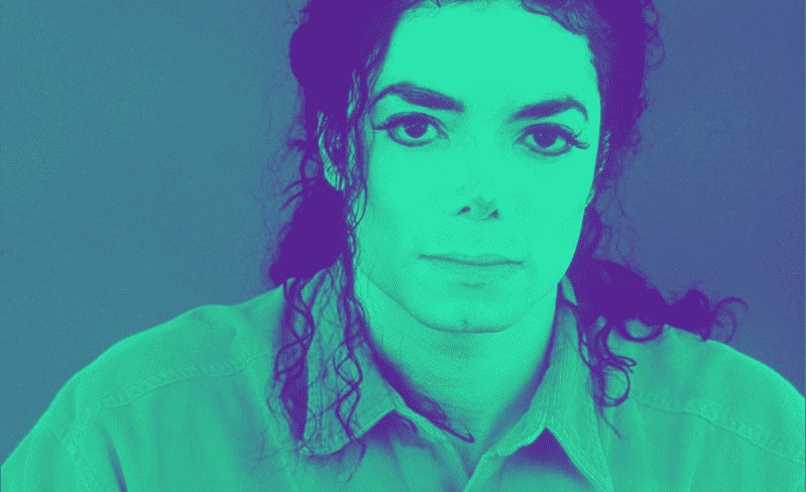
It’s no secret that many people going through a rough time or with a history of traumatizing experiences often interact with some kind of creative outlet. This catharsis makes helps us cope with adversity, providing an escape from the harsh realities of life.
There seems to be evidence of a strong connection between childhood adversity and seeking out artistic solace, according to a new study which found performing artists with such a history have more intense creative experiences.
The study was conducted by Paula Thompson and Victoria Jaque, two psychologists at the California State University and York University, Toronto, respectively. Writing in the journal Frontiers in Psychology, the pair describes childhood adversity as “any exposure to abuse (emotional, physical, sexual), neglect (emotional, physical), and/or family dysfunction (parental separation/divorce, family member with mental illness and/or substance abuse, domestic violence, and family member imprisoned).”
According to the Crimes Against Children Research Center, at least 40 million children are abused each year around the world. Such studies provide useful trends about child abuse in the general population, but there have been limited studies focusing on performing artist samples.
Previously, childhood adversity and past trauma have been linked with intrusive emotional mental imagery, which may compromise general performance levels and increase anxiety.
In the new study, researchers interviewed 83 actors, directors, and designers, 129 dancers, along with 20 musicians and opera singers regarding the adversity they faced in childhood but also about their creative process. An example of a question from the survey is “Did a parent or other adult in the household often…Swear at you, insult you, put you down, or humiliate you? or act in a way that made you afraid that you might be physically hurt? Yes/No.”
At the beginning of the study, the researchers hypothesized that more adverse childhood experiences (ACEs) “would be related to increased psychological difficulties (anxiety, shame, exposure to adult traumatic events) and decreased positive creative and performance flow experiences.”
The results indeed indicate that more ACEs are associated with experiencing more fantasy proneness, shame, and anxiety. Performing artists also experienced significantly higher rates of emotional abuse and neglect than people with ACEs from a previous study. However, the participants also tended to report more intense creative and existential experiences.
“Significant differences were found for the following factors: distinct experience, absorption, and transformation, with the high exposed performers endorsing more creative intensity compared to performers with minimal or no childhood adversity,” wrote the authors of the new study.
The findings suggest that performing artists with four or more types of ACEs are more aware of the creative process. In other words, thanks to negative emotional history, and not despite it, performing artists seem to be more able to recognize and value the creative process. For instance, the performers in the high ACE group were “more aware of a loss of a sense of self, a greater sense of contact with a force beyond themselves, greater emotional intensity that coexisted with emotional stability, a heightened awareness of technical and expressive abilities, and increased spiritual awareness during the creative process,” according to the researchers.
This heightened creative focus is an important spiritual and healing component in the performer’s life, giving them a sense of purpose.
“Engaging in the creative process offers meaning and a deeper sense of a connected self despite experiencing childhood adversity. The need to encourage creative activities in educational and work settings offers a powerful antidote to potential devastating physical and psychological effects associated with childhood adversity,” Thomson told PsyPost.
“We are saddened by the number of participants in our study who have suffered multiple forms of childhood adversity as well as adult assaults (both sexual and non-sexual). So many participants in our sample have experienced poly-traumatization and yet they also embrace their passion for performance and creativity. They are embracing ways to express all that is human.”
In the future, the researchers plan to investigate if there’s any association between a history of trauma and the physical health of artists.






